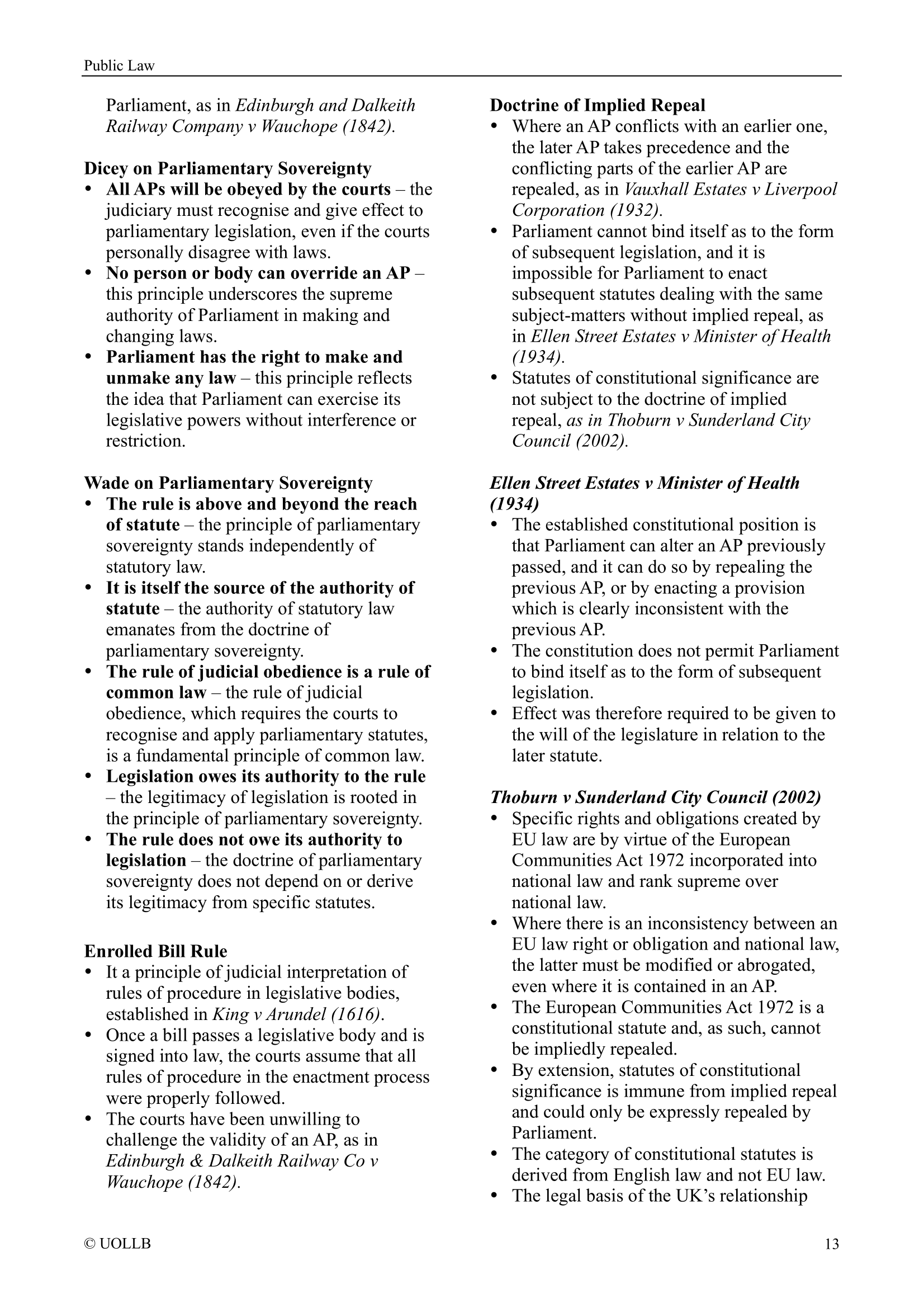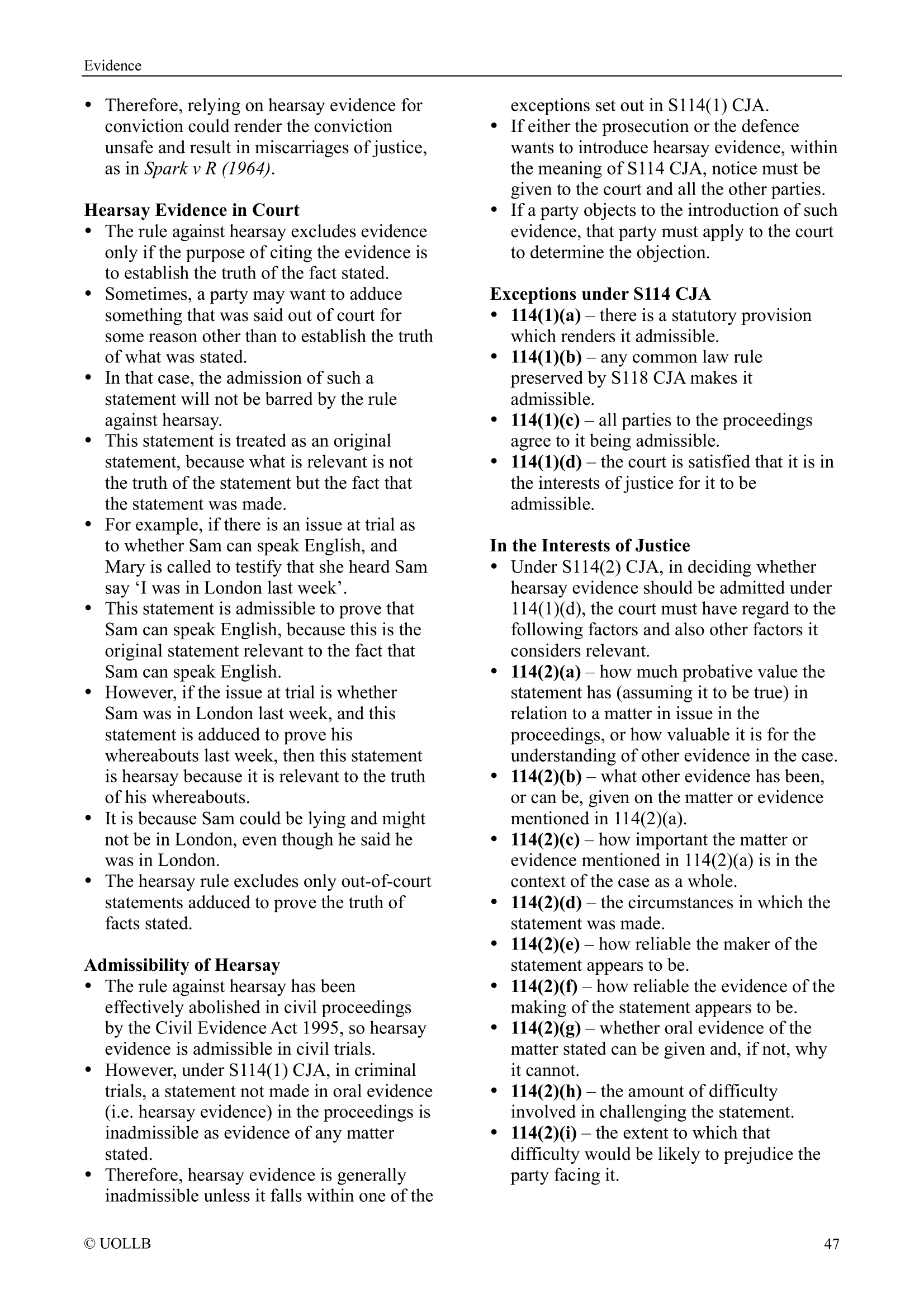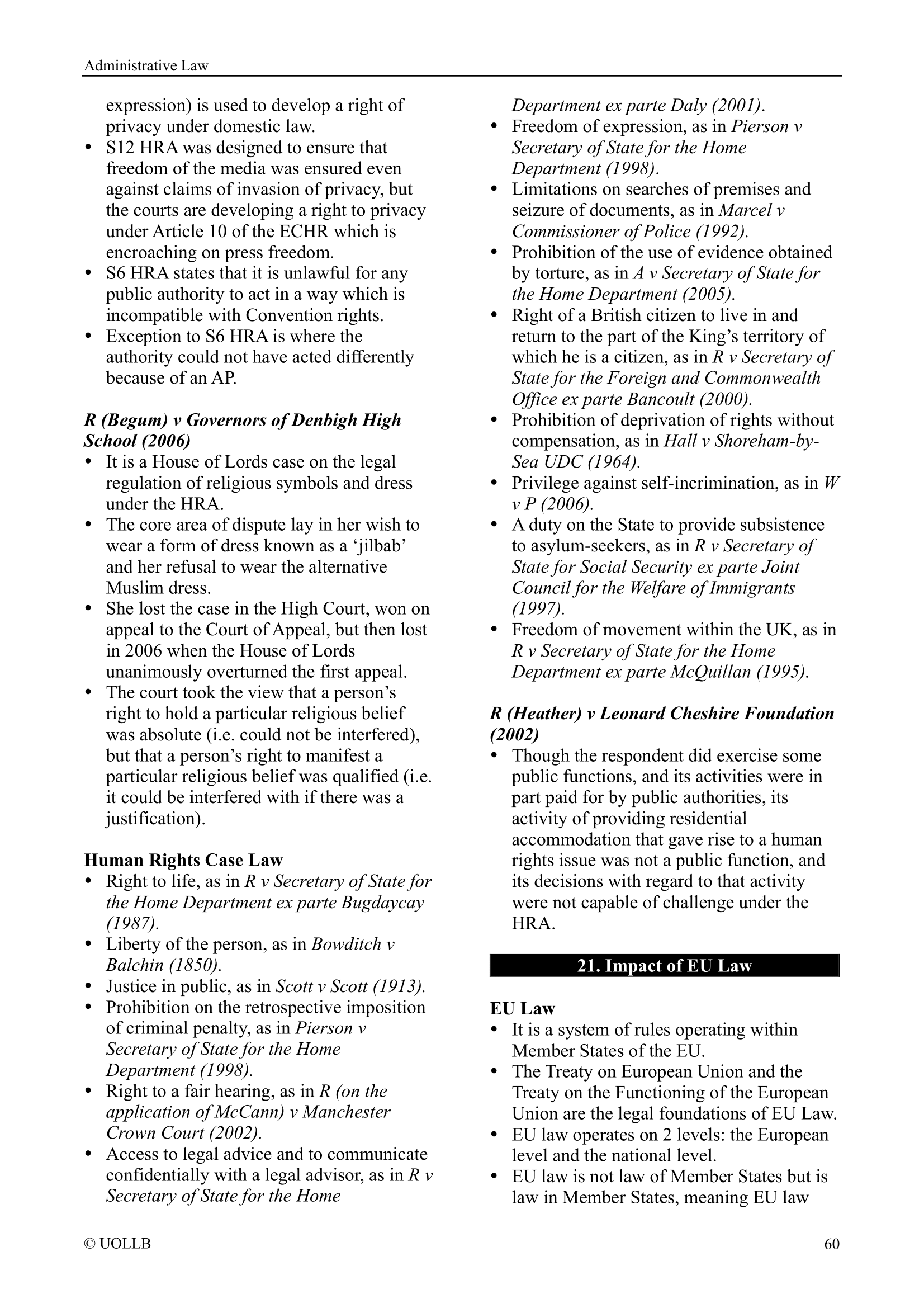Common Law Crimes vs Statutory Crimes
Share
Crimes can broadly be classified into two categories: common law crimes and statutory crimes. This distinction is crucial in understanding how the criminal law develops and how criminal responsibility is determined. Both categories reflect different sources of law, but they serve the same purpose of defining unlawful conduct and imposing penalties.
Common Law Crimes
Common law crimes are offences that have developed over time through judicial decisions, rather than being codified by statute. The common law is based on precedents that have been followed by the courts in subsequent cases. These crimes were historically created by the judiciary, and they continue to evolve as courts interpret and apply the law to new circumstances.
A key example of a common law crime is murder. The definition of murder under common law is the unlawful killing of a human being with malice aforethought, a definition that has been shaped by centuries of judicial interpretation. The case of R v Woollin [1999] is a significant example, where the court refined the concept of intention within the context of murder. The court ruled that a defendant could be convicted of murder if death or serious harm was a virtually certain consequence of their actions and they appreciated that fact.
Other examples of common law crimes include manslaughter, kidnapping, and perjury. These crimes, though not codified in any single statute, have become established through judicial decisions over time. Although common law crimes still play a role, their prominence has diminished as more crimes are now defined by statute.
Statutory Crimes
In contrast to common law crimes, statutory crimes are offences that have been explicitly defined by legislative Acts of Parliament. These statutes provide clear and often detailed descriptions of the illegal conduct, leaving less room for judicial interpretation. Statutory crimes reflect the ability of lawmakers to adapt the law to contemporary issues and societal changes, providing clarity and specificity in areas where common law may be vague or outdated.
A prominent example of a statutory crime is theft, which is governed by the Theft Act 1968. Under Section 1(1) of the Act, theft is defined as the dishonest appropriation of property belonging to another with the intention of permanently depriving the other of it. The statute replaces the common law approach to theft and provides a modern legal framework that applies to various forms of theft, such as shoplifting and embezzlement. A notable case involving statutory theft is R v Gomez [1993], where the House of Lords held that an act of appropriation could still occur even with the owner's consent if the consent was obtained through deceit.
Similarly, the Misuse of Drugs Act 1971 regulates the control and classification of drugs, dividing them into three categories: Class A, B, and C, based on their potential for harm and misuse. The Sexual Offences Act 2003 includes a broad range of offences, such as rape, sexual assault, and offences against children and vulnerable adults. These statutes not only provide definitions of the crimes but also stipulate the penalties and procedures for enforcement.
In conclusion, common law crimes and statutory crimes serve to define criminal behaviour and impose penalties. While common law crimes are rooted in judicial decisions and have evolved over centuries, statutory crimes are defined by Acts of Parliament and reflect the need for clarity and specificity in criminal law. Both types of crimes play an essential role in the administration of justice, with statutory crimes taking on increasing prominence in modern law.
Common Law Crimes
Common law crimes are offences that have developed over time through judicial decisions, rather than being codified by statute. The common law is based on precedents that have been followed by the courts in subsequent cases. These crimes were historically created by the judiciary, and they continue to evolve as courts interpret and apply the law to new circumstances.
A key example of a common law crime is murder. The definition of murder under common law is the unlawful killing of a human being with malice aforethought, a definition that has been shaped by centuries of judicial interpretation. The case of R v Woollin [1999] is a significant example, where the court refined the concept of intention within the context of murder. The court ruled that a defendant could be convicted of murder if death or serious harm was a virtually certain consequence of their actions and they appreciated that fact.
Other examples of common law crimes include manslaughter, kidnapping, and perjury. These crimes, though not codified in any single statute, have become established through judicial decisions over time. Although common law crimes still play a role, their prominence has diminished as more crimes are now defined by statute.
Statutory Crimes
In contrast to common law crimes, statutory crimes are offences that have been explicitly defined by legislative Acts of Parliament. These statutes provide clear and often detailed descriptions of the illegal conduct, leaving less room for judicial interpretation. Statutory crimes reflect the ability of lawmakers to adapt the law to contemporary issues and societal changes, providing clarity and specificity in areas where common law may be vague or outdated.
A prominent example of a statutory crime is theft, which is governed by the Theft Act 1968. Under Section 1(1) of the Act, theft is defined as the dishonest appropriation of property belonging to another with the intention of permanently depriving the other of it. The statute replaces the common law approach to theft and provides a modern legal framework that applies to various forms of theft, such as shoplifting and embezzlement. A notable case involving statutory theft is R v Gomez [1993], where the House of Lords held that an act of appropriation could still occur even with the owner's consent if the consent was obtained through deceit.
Similarly, the Misuse of Drugs Act 1971 regulates the control and classification of drugs, dividing them into three categories: Class A, B, and C, based on their potential for harm and misuse. The Sexual Offences Act 2003 includes a broad range of offences, such as rape, sexual assault, and offences against children and vulnerable adults. These statutes not only provide definitions of the crimes but also stipulate the penalties and procedures for enforcement.
In conclusion, common law crimes and statutory crimes serve to define criminal behaviour and impose penalties. While common law crimes are rooted in judicial decisions and have evolved over centuries, statutory crimes are defined by Acts of Parliament and reflect the need for clarity and specificity in criminal law. Both types of crimes play an essential role in the administration of justice, with statutory crimes taking on increasing prominence in modern law.


























































